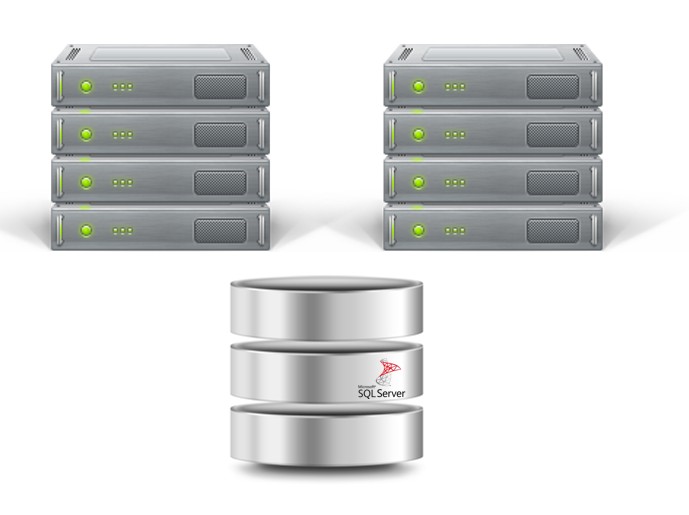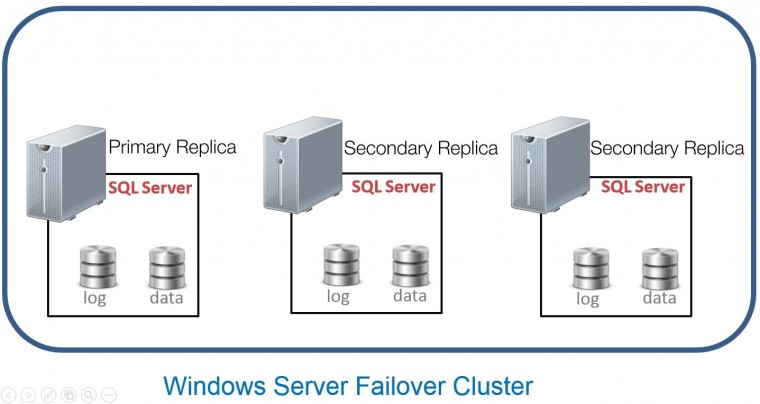As part of my preparation for last week’s Embarcadero DataU 2015 Online Conference, I tried searching for articles, blog posts and videos about useless SQL Server backups. Now, you might be asking, “why would I even be searching for that specific topic?” The primary (if not the most important) task of a database administrator (DBAs) […]
PostNOW AVAILABLE: Windows Server Failover Clustering (WSFC) for the Smart SQL Server DBA

SQL Server features like Availability Groups and Failover Clustered Instances rely heavily on Windows Server Failover Clustering. A deep understanding of the underlying principles and fundamental technologies spell the difference between successful implementations and horrible disasters. This advanced, deep-dive course is designed for both beginners as well as advanced senior IT administrators, SQL Server DBAs […]
PostEnd-to-End SQL Server High Availability and Disaster Recovery

High Availability and Disaster Recovery (HA/DR) is an area that every SQL Server DBA needs to be comfortable with, especially when dealing with mission-critical database systems. One cannot wait until a real disaster strikes before learning how to deal with it. This advanced, deep-dive course is designed for SQL Server DBAs and system administrators to […]
PostSQL Server 2005/2008 Features That You Need To Be Familiar With
NO, that is certainly not a typo. I really did intend to say SQL Server 2005 and SQL Server 2008. Note that a previous blog post mentioned that you only have less than a year before SQL Server 2005 is out of extended support. So, why, you might ask, would I still be talking about features […]
PostRecent Amazon and Skype Outages and The Cost Of NOT Having A Proper HA/DR Strategy

“Failing to plan is planning to fail.” This week started off with news about the Amazon AWS DynamoDB’s outage and Skype’s network-related issues. For organizations who do not run mission-critical applications on Amazon or who use Skype for communications, this may not be a big of a deal. But for companies like NetFlix, Buffer (I use […]
PostThe Unrealistic HA/DR Belief That Is Costing You A Lot Of Money

“I want zero downtime and zero data loss” – anonymous IT manager Don’t we usually hear this a lot when implementing a new high availability and disaster recovery (HA/DR) solution? The stakeholders want zero downtime and zero data loss. As IT professionals we struggle so much trying to find the right solution that would […]
PostAre You Aware Of Who Is Sneaking Behind Your SQL Server Back(ups)?
Pop quiz: You manage a production database and you need a copy of your backups to restore them on a development environment for application testing or performance tuning. You need to do this on a regular basis. Do you Take a backup of the database and restore it on your development environment? Configure replication between your […]
PostFactors Affecting SQL Server Database Restore and Recovery
Have you ever wondered why your SQL Server database takes a long time to restore? How about why a failover of your Availability Groups, Failover Clustered Instances or even database mirroring configuration is taking a long time? I know I have. I’ve gone from querying the sys.dm_exec_requests DMV to check for the status and percentage […]
PostThe Windows Server Failover Cluster Properties That We Almost Always Ignore

Have you been made aware of an item in your household that seem so common and familiar but that could have an impact in your safety? Like that little remote you tuck in the sun visor of your car to open your garage. In case you are not aware, someone might be able to hack open your […]
PostThe S.P.A. That Prevents Your Synchronous SQL Server Always On Availability Groups From Failing Over Automatically

This is a very common question that gets asked on the technical forums, newsgroups, social media, etc. when it comes to synchronous SQL Server Always On Availability Groups (AG): “Why did my AG not automatically failover?” Notice that I mentioned SYNCHRONOUS and not asynchronous. Only when Always On Availability Group replica databases are configured for synchronous commit […]
